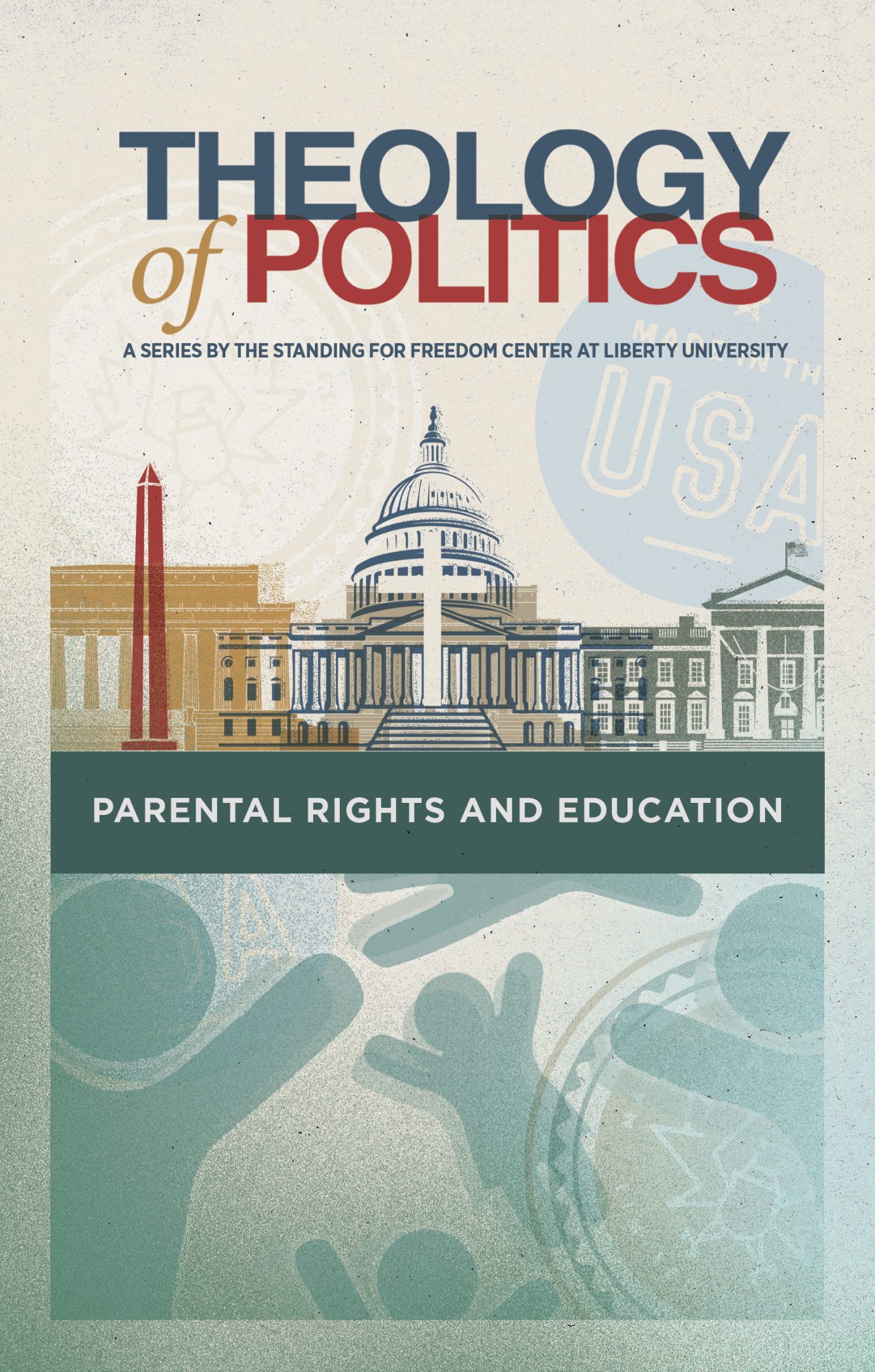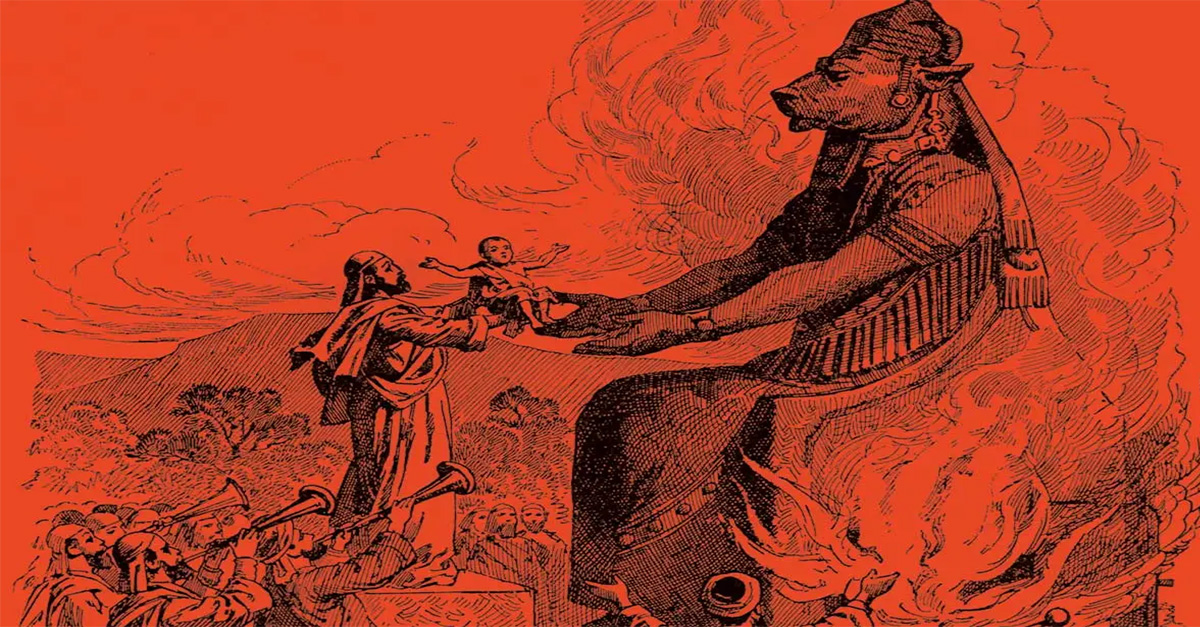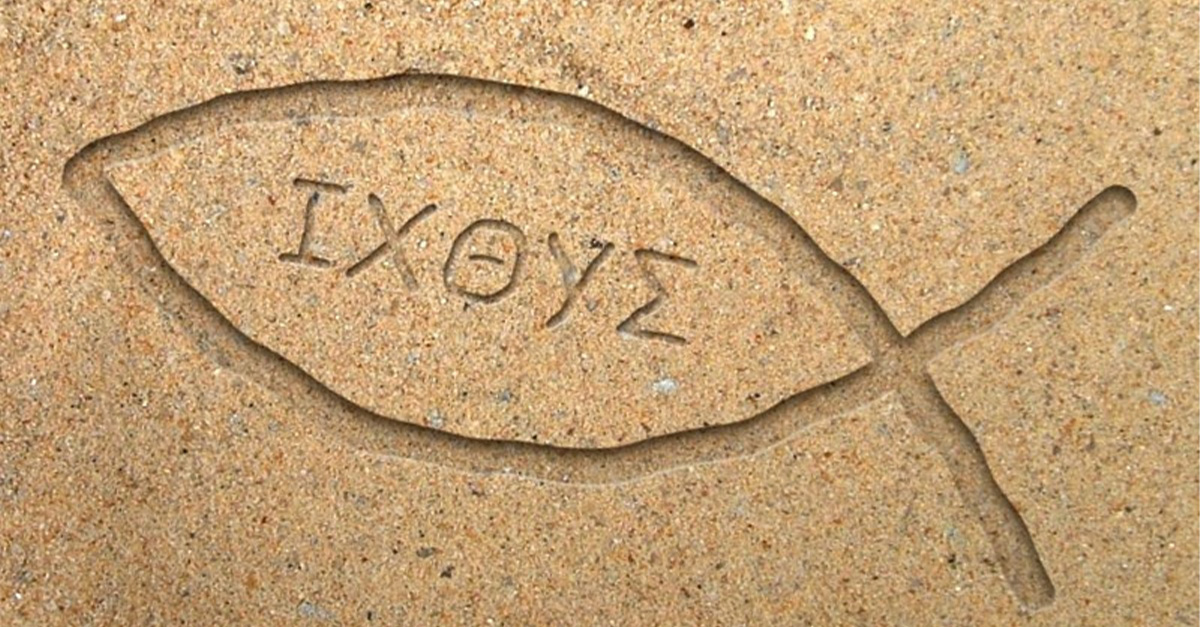


Get a free copy of Parental Rights & Education when you subscribe to our newsletter!

“We need to get more comfortable pointing out that the First Amendment doesn’t provide protection for an unlimited number of false and damaging ‘religious’ expressions, like Satanism, child sacrifice, and Drag Queen Story Hour — those ‘monstrosities of multiculturalism.’ Remember, ‘Love does not rejoice in wrongdoing, but rejoices in truth (1 Corinthians 13:6).”
–WILLIAM WOLFE
Religious liberty in America is rightly referred to as our “First Freedom.” It derives this name from both its primacy in the pecking order of our freedoms and from the Constitutional amendment that secures it for us — the First Amendment. Adopted in 1791 as part of the Bill of Rights, the First Amendment guarantees:
“Congress shall make no law respecting an establishment of religion, or prohibiting the free exercise thereof; or abridging the freedom of speech, or of the press; or the right of the people peaceably to assemble, and to petition the Government for a redress of grievances.”Completing this poll entitles you to receive communications from Liberty University free of charge. You may opt out at any time. You also agree to our Privacy Policy.
When it was first adopted, the First Amendment only applied to the federal government, not the states. It wasn’t until the early-to-mid 1900s (approximately 1920-1950) that the Supreme Court applied all the clauses of the First Amendment to the states as well.
This history is important because many people are greatly confused about the purpose of the First Amendment in our modern society. And this is what I want to focus on for this piece: Recovering a proper understanding that there are limits to religious liberty in the United States — but not the kinds of limits that so many think.
After all, the First Amendment is not a “blank check” for any and all kinds of “religious” practices imaginable, nor any and all kinds of speech. However, it in no way prevents Christians from being public about their faith, whether that is in their jobs or in the government.
To retrace our way back to this understanding, it’s important to remember that the First Amendment was forged in the context of an almost exclusively Christian nation: America at the time of its Founding.
In Well Versed: Biblical Answers To Today’s Tough Issues, Pastor James Garlow provides some much-needed context for rightly understanding the First Amendment, religious liberty, and its limitations. He writes:
“Because the United States was for the most part a Christian nation with a common moral framework and common law, it worked well. Unfortunately, this right has been hijacked and distorted beyond recognition. We must be very careful not to assume the right to do anything we want in the name of practicing our religion.
There have always been limits on religion in America. If our rights are God-given, they must be exercised under His terms. There is no right to start the First United Cannibal Church, for example.
Warren Jeffs, former president of the Fundamentalist Church of Jesus Christ of Latter-Day Saints, is currently serving a sentence of life plus twenty years on two felony counts of child sexual assault. Religious liberty is not a license for abuse” (emphasis added).
Garlow is exactly right here about the historical composition of America at the time of the Founding and the adoption of the First Amendment. More than 200 years later, however, we have two problems pertaining to “religious liberty” in America.
First, radical secularists, and increasingly the woke, try to weaponize the First Amendment to claim that it creates a “separation of church and state.” They do this to try and destroy our Christian history and heritage, as well as Christian influence on our laws—and even to drive Christians out of the public square.
But the phrase “separation of church and state,” as you can see, is nowhere to be found in the First Amendment (nor anywhere else in the Constitution).
No, the First Amendment was written to keep the federal government from 1) establishing an official state-run church or 2) preventing people from worshiping and living out their faith in the public square — although, again, with limits.
So where did this idea of “separation of church and state” come from?
In his critically acclaimed work Separation of Church and State, Columbia University law professor Philip Hamburger explains the origin of the phrase, which is first found in letters of correspondence between then-President Thomas Jefferson and the Danbury Baptist Association. The Danbury Baptists had petitioned President Jefferson for religious freedom in traditional anti-establishment terms.
Hamburger writes, “These Baptists, like so many predecessors, argued that the power of government did not extend to religion, and that government should not deprive individuals of their rights on account of their religious opinions.”
So far so good. But Jefferson saw this letter as an opportunity to advance his own radical views on the nature of the relationship between church and state. Hamburger notes that in his response, “Jefferson’s letter elevated anticlerical rhetoric to constitutional law.”
Hamburger records that Jefferson was aware of the radical nature of this formulation, “wall of separation between church and state,” but still hoped his letter would have an immediate and far-reaching impact on American public life. This was not to be the case, however, because “the Baptists of the Danbury Association did not publish their letter from the president, and, far from employing Jefferson’s words about separation, continued to demand their freedom with the vocabulary and concepts they had used in the past.”
Why was this? Because “separation was not what the Baptists wanted. Indeed, it was incompatible with their understanding of the pervasive value of Christianity.”
As Hamburger makes clear, Baptists were not advocating for the removal of religion from the public sphere or the rejection of Christianity as the basis of moral government, but disestablishment (what one might call “mere disestablishment”) so that they could worship freely. “Baptists held religion to be of pervasive significance—not least for those in government,” explains Hamburger.
This was further evidenced at the time by statements from The Cayuga Baptist Association in Connecticut to The Charleston Baptist Association in South Carolina. The Charleston Baptist Association, one of the oldest Baptist associations in America, had declared:
“Each Christian has his sphere of action, in the Church, in civil society, and in relative connection…To arrive at the highest usefulness in either character or station, the love of God and man must be our leading motive, and religion our governing principle.”
There can be little doubt that, as the centuries have passed, Baptists — and all Christians — got far more than they bargained for out of this exchange with Jefferson. In our present American conception of church and state, “radical Jeffersonian separation” rules the day over the “mere disestablishment” envisioned by the authors of the First Amendment.
In his recent entry in our Biblical Worldview series, Dr. Tim Yonts echoes the concerns of Garlow and Hamburger by explaining,
“Freedom of religion, however, does not mean the total ‘separation of church and state’ nor complete neutrality on moral and social issues. Although buttressed by notable Supreme Court cases, both of these notions — complete separation and total neutrality — stem from a secular conception of religion at odds with American history and biblical principles.”
This leads us to our second problem: The proliferation of radical pluralism in American society, which has been ushered in under the misguided conception of government neutrality pertaining to morality and religion.
Garlow argues that “Christian religious tolerance has devolved into a secular monstrosity called multiculturalism. This unbelieving system of thought rejects the Founders’ views in exchange for religious relativism. According to this view, all religions are essentially the same, therefore they all must be treated equally. All religions are not the same.”
That’s an incisive phrase — “a secular monstrosity called multiculturalism.”
What does this monstrosity look like? It appears as a many-headed hydra of horrors. It looks like the Twitter feed of the well-known account “Libs of TikTok,” which documents twisted teachers attempting to indoctrinate their students into radical gender ideology. It looks like on-demand abortion, Drag Queen Story Hour, the transgender movement, and the radical redefinition of marriage by the Supreme Court. It looks like losing your job because you won’t call Andy “Anne” just because one day he put on a dress and decided to call himself a woman. Or it looks like being hauled before corporate H.R. because you refuse to put your “pronouns” in your email signature.
The reason these perversions have gained a stronghold in American life is because we have been fooled into thinking they are protected by the First Amendment or by “religious liberty.” They aren’t.
Religious liberty does not equal license to do whatever deviant thing you want and have it forcibly celebrated by your fellow citizens. Religious liberty does not require us to forsake reality, like biological sex. And the First Amendment isn’t a blunt force weapon to be wielded by the modern secularists to beat Christians into submission.
No, as Garlow puts it, “Now, more than ever, we need to embrace the spirit of the First Amendment and exercise our right to speak truth: the self-evident, biblical truth on which the nation was founded.”
There’s no doubt that Christians are under attack for their faith in America. Yes, we should appeal to the First Amendment to secure our God-given rights to both worship and live freely. At the same time, we need to get more comfortable pointing out that the First Amendment doesn’t provide protection for an unlimited number of false and damaging “religious” expressions, like Satanism, child sacrifice, and Drag Queen Story Hour — those “monstrosities of multiculturalism.” Remember, “Love does not rejoice in wrongdoing, but rejoices in truth” (1 Corinthians 13:6).
Fight for the First Amendment, yes, but fight for a proper understanding of the First Amendment. Be unashamed to point out the need for limits, even on what some might call “religious liberty.” Because we know that religions aren’t equal — and only Christianity, the moral foundation of our great nation, is the one true religion and “the faith once for all delivered to the saints” (Jude 1:3).
Follow William on Twitter! @William_E_Wolfe
Ready to dive deeper into the intersection of faith and policy? Head over to our Theology of Politics series page where we’ve published several long-form pieces that will help Christians navigate where their faith should direct them on political issues.

Notifications